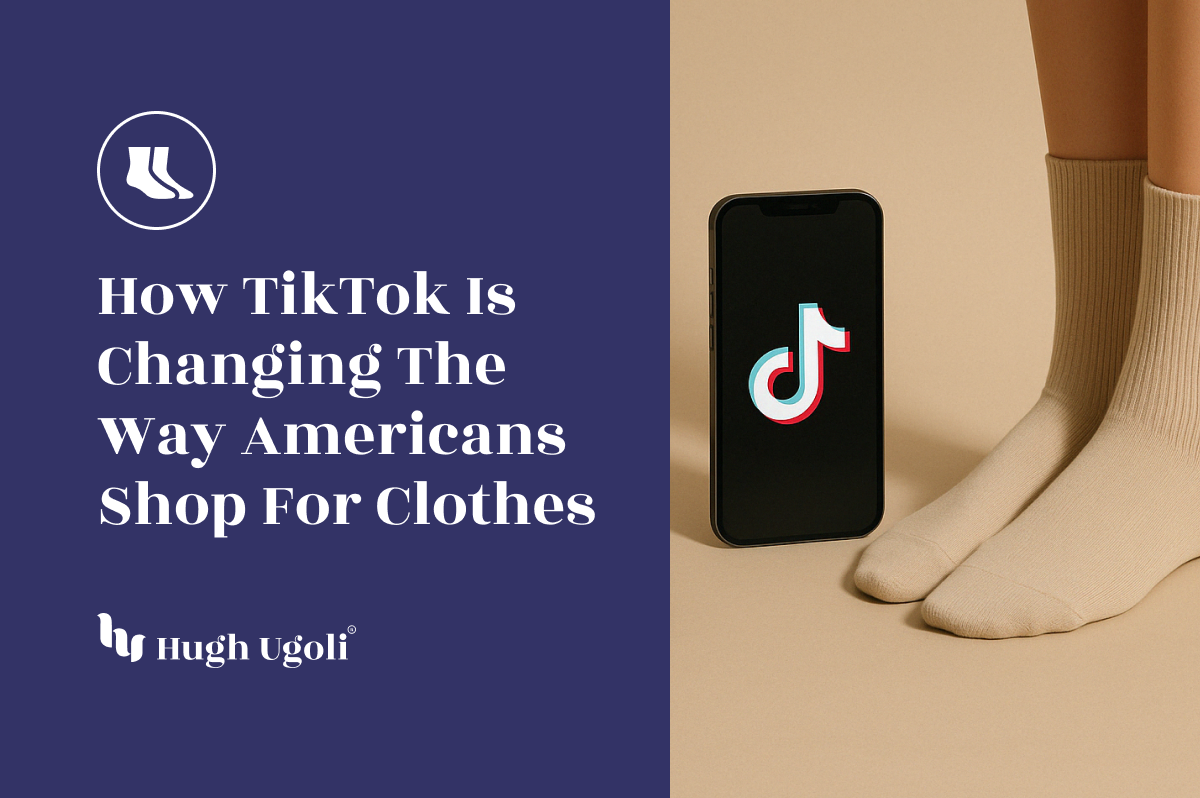Diabetic socks are specially designed to address the unique foot care needs of people with diabetes, helping to manage symptoms like poor circulation, nerve damage, and increased risk of infections. By using moisture-wicking materials and providing extra padding, diabetic socks help keep feet dry, reduce friction, and support overall foot health. Here’s a look at the key benefits of diabetic socks and why they’re a valuable choice for those needing extra care for their feet.
1. Moisture-Wicking to Keep Feet Dry and Prevent Infections
For those with diabetes, keeping feet dry is essential to avoid fungal and bacterial infections. Diabetic socks are made with moisture-wicking materials that pull moisture away from the skin, keeping your feet dry and reducing the risk of infections.
-
Reduced Risk of Fungal Infections: Diabetic socks reduce the buildup of moisture, which helps prevent conditions like athlete’s foot and other fungal infections.
-
Odor Control: By keeping moisture under control, diabetic socks can also help prevent odor, making them ideal for daily wear.

2. Improved Blood Circulation
People with diabetes often experience issues with blood circulation, particularly in their lower extremities. Diabetic socks are designed to avoid restricting blood flow, which is crucial for those with circulation problems.
-
Non-Binding Tops: Unlike regular socks that can sometimes be tight, diabetic socks typically feature a non-binding top that doesn’t constrict blood flow. This is important for individuals with conditions like diabetic neuropathy or poor circulation.
-
Support for Blood Vessels: Diabetic socks offer gentle compression to support blood vessels and improve blood flow, without the tightness of traditional compression socks.
3. Extra Padding for Comfort and Protection
One of the benefits of diabetic socks is the extra padding in areas prone to injury, such as the toes, heels, and soles. This cushioning provides additional comfort and reduces pressure points, which is especially helpful for people who may have decreased sensitivity due to nerve damage.
-
Reduced Friction and Blisters: The padding helps reduce friction, protecting against blisters and other foot problems caused by irritation. This is particularly beneficial for people with sensitive skin or those who are at risk of developing foot ulcers.
-
Protection for Foot Problems: Diabetic socks can help prevent minor injuries that might otherwise go unnoticed due to decreased sensation, providing a layer of protection for those with diabetic neuropathy.
4. Temperature Regulation for Comfort
Diabetic socks are often designed to keep feet at a stable, comfortable temperature, as people with diabetes may have difficulty regulating body temperature in their extremities. These socks use special fibers that provide natural thermoregulation, keeping feet warm without overheating.
-
Ideal for Cold Weather: Diabetic socks help retain heat, keeping your feet comfortable in colder weather, which is essential for those with reduced blood flow to their feet.
-
Cooling Properties for Warm Days: During warmer seasons, moisture-wicking and breathable materials help keep feet cool, preventing sweat and discomfort.
5. Antimicrobial Properties to Protect Against Infections
Diabetic socks are often made with antimicrobial properties that reduce the risk of bacterial infections, which is crucial for people with diabetes who may be more prone to foot infections.
-
Protection Against Bacteria: The antimicrobial agents in diabetic socks help prevent bacteria growth, which can lead to infections, especially if you have small cuts or blisters.
-
Improved Hygiene: For daily wear, antimicrobial socks provide a more hygienic choice, especially for individuals with high blood sugar levels that may impact skin health.
Who Are Diabetic Socks Right For?
Diabetic socks are beneficial not only for people with diabetes but also for anyone who wants enhanced foot care. Here are some groups who may benefit most:
-
People with Diabetes: Diabetic socks are specifically designed for those with diabetes to support foot care, reduce the risk of infection, and improve comfort.
-
Those with Poor Circulation: For individuals with circulation problems or nerve damage in their feet, these socks provide a non-binding, comfortable fit that helps prevent foot issues.
-
Individuals with Sensitive Skin: Diabetic socks offer gentle compression, moisture-wicking, and antimicrobial properties, making them ideal for anyone with sensitive skin or prone to foot irritation.
Conclusion: The Role of Diabetic Socks in Foot Health
Diabetic socks offer essential benefits that go beyond regular socks, from keeping feet dry to supporting blood circulation. With extra padding, moisture control, and antimicrobial properties, these socks provide enhanced comfort and protection, making them a valuable choice for people with diabetes or those needing additional foot care.
For more insights on foot care and sock choices, check out our blog What Are the Benefits of Diabetic Socks? where we discuss how these specialized socks support foot health and comfort.
















